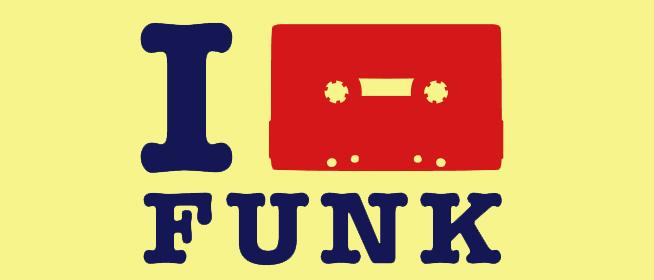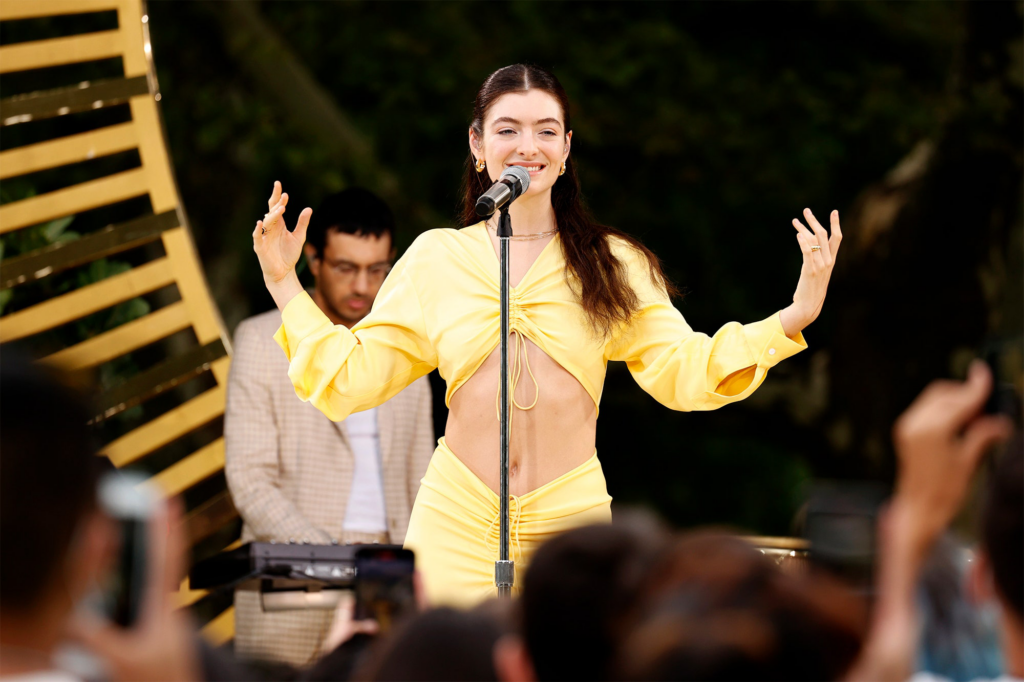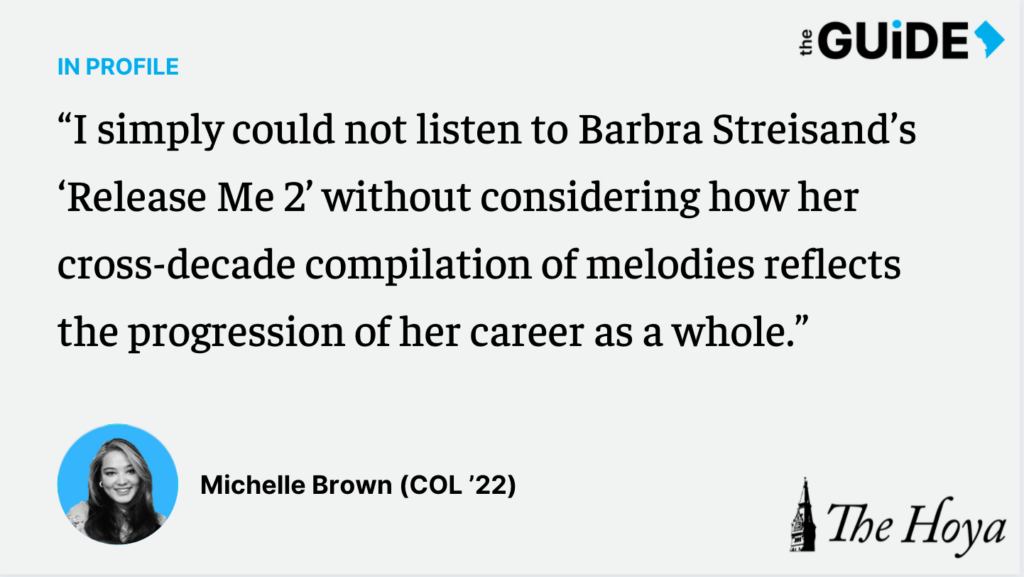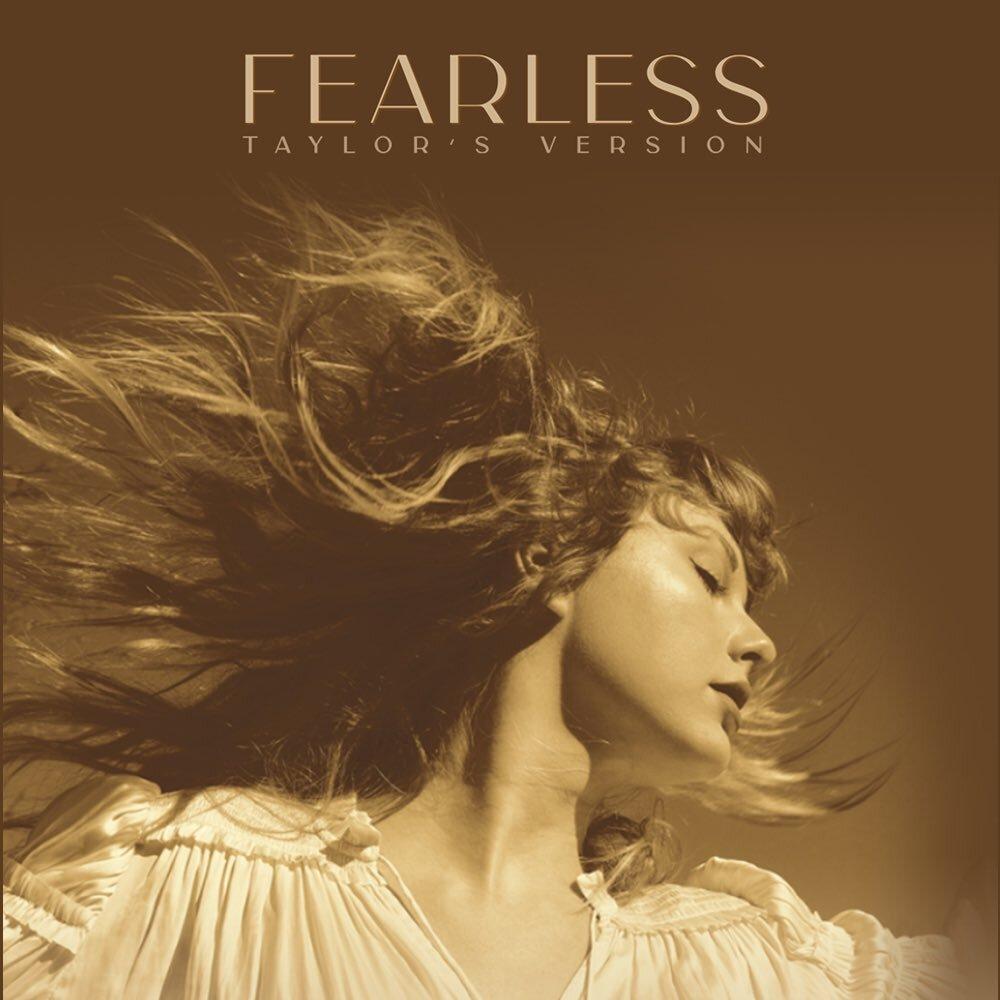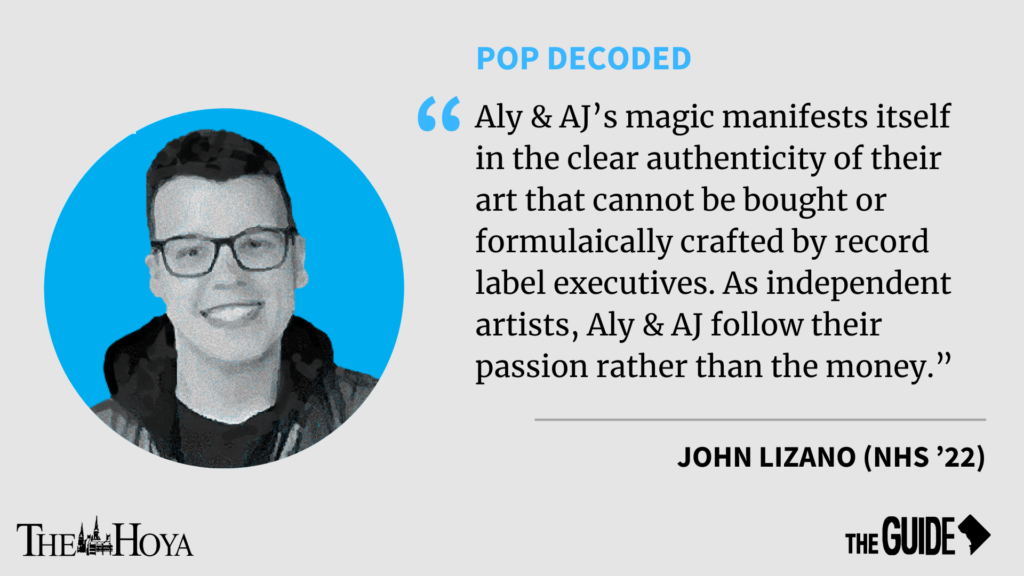https://open.spotify.com/user/126651985/playlist/2YUnvsAaEWnL85gO2meHfw
With Get Lucky looking more and more like it will hold onto its title of Song of the Summer, it’s time to look at one reason why it’s been so infectious and successful (hint: it’s not Pharrell): the guitar work of disco/funk pioneer Nile Rodgers. Jittery yet confident, Rodgers’ playing fits into the sound of Random Access Memories — self-consciously retro and analog but wearing those designations like a badge of honor — perfectly.
Rodgers is most famous for being the mastermind (along with the late, great Bernard Edwards) of Chic, the band that most directly bridged the gap between disco and ’80s pop. While Chic was never really a funk band, disco’s roots as a combination of R&B, dance music and funk mean that there is a considerable funk influence in Rodgers’ playing — one listen to Le Freak (and Get Lucky, of course) makes this readily apparent. Who knows? While it’s unlikely that Rodgers’ role in Memories will approach the influence he had on pop music in the late ’70s, he may have brought that scratchy, rhythmic guitar back for one last hurrah. Here’s a playlist from funk’s glory days.
Bustin’ Loose – Chuck Brown and the Soul Searchers The patron saint of the Washington, D.C. music scene deserves the inaugural spot on any list made in the District. Although better known as the Godfather of Go-go, the late Chuck Brown was briefly launched into the national spotlight with 1979’s Bustin’ Loose, a more conventional funk song. Conventional, though, in no way means pedestrian; Bustin’ Loose is as tightly wound and foreboding as any funk song. Much of this has to do with Brown’s arresting, just-on-the-edge-of-strained, vocal performance, but equal merit can be given to the horns that punctuate the track with ferocity and the eerie electric piano that swims just under the surface of every note. Although it shares little with the brand of funk that would eventually become his staple — listen to the bongo-led bridge for a counter argument — Bustin’ Loose is Brown’s masterpiece.
Super Bad — James Brown and the J.B.’s If Chuck Brown is the Godfather of Go-go, James Brown can lay claim to the title of the Godfather of Soul. That, however, doesn’t even cover his massive influence on funk, a genre he essentially invented. With a career and resume too long to even think about expanding on, Brown deserves all of the accolades thrust upon him — the Hardest-Working Man in Showbusiness, perhaps the greatest performer of the 20th century — and more. Although his ’60s work remains his most enduring, his greatest influence on funk began in the early ’70s, when he performed with the J.B.’s. With a roster that would eventual make up the Parliament/Funkadelic collective, the J.B.’s helped Brown move away from his traditional R&B work into less-treaded territory. The live versions of Brown’s songs nearly always outrank their studio counterparts due to Brown’s skill as a (admittedly unbearably demanding) bandleader, and Super Bad is no exception. Taking the languid funk of the original and kicking it into another gear, especially benefiting the rhythm guitar of Catfish Collins, this 1971 version of the song features a manic saxophone solo from Robert McCollough and a general intensity the original wishes it could have captured.
Give Up the Funk — Parliament The most successful funk band of the ’70s, Parliament/Funkadelic is led by bandleader/visionary George Clinton. Behind the elaborate stage costumes and complex intergalactic back story is a group of musicians whose attitude and musicianship has loomed over the genre since its inception; Clinton produced the Red Hot Chili Peppers’ first album, among many others, and has contributed to everything from All Eyez on Me to Aquemeni. Give Up the Funk appears on the band’s masterpiece, Mothership Connection, and never does Parliament’s driving bass and unhinged group vocals come together more smoothly than it does here.
2000 Blacks Got to Be Free — Fela Kuti and Roy Ayers A collaboration between Afrobeat pioneer Fela Kuti and jazz/R&B vibraphonist Roy Ayers (and their respective armies of musicians), 2000 Blacks Got to Be Free combined the raw, overtly political funk of Kuti with Ayers’ smoother sensibilities into something transcendent. Ostensibly an Ayers song, it is Kuti’s contributions — his massive backing chorus containing seven of his wives, his screaming horn section — that allow the song to leave its mark. The song choice also reels in the polyrhythms that would sometimes overpower Kuti’s other work and ensures it stays as a pulsing jam pushing steadily on and on and on for 18 minutes.
Crosseyed and Painless — Talking Heads Kuti’s polyrhythms were first given a large American audience, however, by Talking Heads on the first side of Remain in Light. David Byrne and Brian Eno took the wiry, taut paranoia of Kuti’s music (which so angered the government of Nigeria that its army raided his compound and murdered his mother) and combined it with Byrne’s own art-school neuroses to create something utterly unique. Chief among the three songs that make up Side One is Crosseyed and Painless, the frantic, arresting middle song. Take a listen to the track for yourself, but it’s better and more cohesive when accompanied by its bookends. (After that on the album comes Once in a Lifetime, so it’s worth giving the whole album a listen.)
Controversy – Prince Nearly forgotten in our age is the ’80s’ greatest pop music rivalry: that between Michael Jackson and Prince Rogers Nelson. While history has come down on the side of the former — it’s tough to beat being called “The King of Pop” — I happen to hold a different view. Why? Besides Prince’s superior musicianship and an equally captivating stage presence, Prince could pull off funk, and do so better than nearly anyone. While the Purple One’s notorious monitoring of the Internet to scrub performances of his off the web eliminates much of my evidence, there’s still a good amount of funk on his studio albums. One of the best examples is Controversy, a pounding, robotic single off the album of the same name. It’s strange and a little off-putting, but if that doesn’t appeal to you, you’re better off not listening to Prince in the first place. (Damning evidence against MJ: The most important time Purple Rain and Thriller went head-to-head in an awards show — the 1985 American Music Awards — Prince’s album swept, winning both Best Pop/Rock Album and the inexplicably named Best Black Album over Jackson. He accepted the award like this. And could MJ write or perform anything as sleazily wonderful as this? OK; I’m done.)
The Groove Line — Heatwave Heatwave has nowhere near the cultural cache of any of these previous groups; you can tell from the yelped vocals and robotic rhythm guitar here that they’re a fairly pedestrian band. This doesn’t stop The Groove Line from being the catchiest song on here and perhaps the pinnacle of funk/pop. What other song has a honky-tonk piano solo that works as inexplicably well as this one? This song is a delight, literally telling the listener to “leave [their] worries behind” when the other songs here subtly warn of the dangers of doing that.
I Just Want to Be — Cameo At this point still riding on the coattails of Parliament (the deliciously strange Word Up! wouldn’t come for another seven years), Cameo still dropped a couple of gems in their early days. It still doesn’t own the inherent weirdness of P-Funk like Parliament/Funkadelic does, but Cameo nevertheless succeeds in creating a diverting, catchy song. I Just Wants to Be is the product of a template, sure — there’s the prominent bass, the falsetto backing vocals, the strange synthesizer accents, the clear-as-glass rhythm guitar — but it’s a template that works.
More Bounce to the Ounce — Zapp This band’s funk highlighted the sounds of the future, with vocoder-enhanced vocals and a synthesizer-dominated arrangement. But because of how narrow the scope of Zapp’s idea of the future was, it’s also the most easily dated song on the list, the polar opposite of Get Lucky in this regard. This, however, isn’t really a bad thing, as the moment it captures is pretty spectacular.
Get Lucky — Daft Punk Just listen to this instead.
Photo: Twitter


